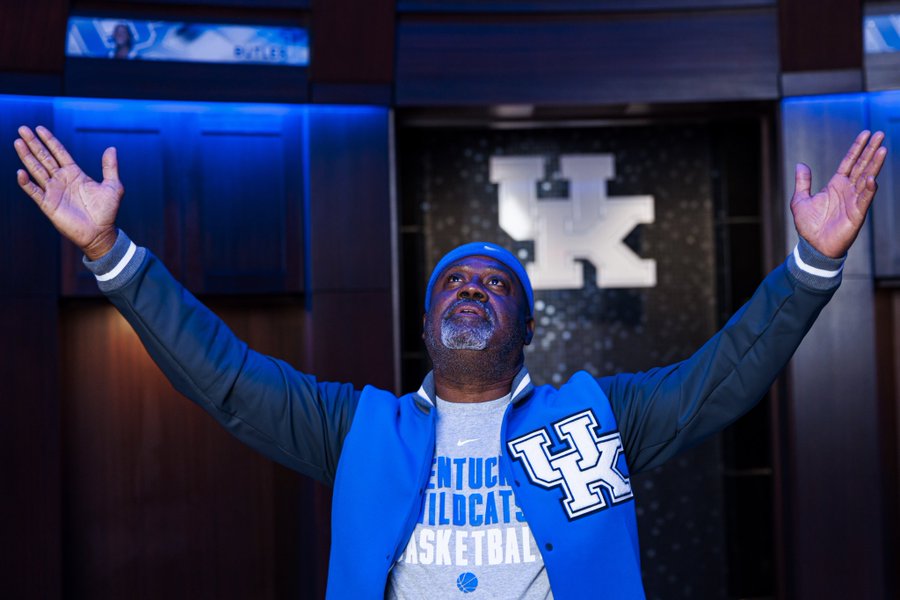Can #MeToo withstand Hollywood’s patriarchal male gaze?
Published 2:26 pm Tuesday, March 27, 2018
By BRIAN COONEY
Contributing columnist
As Maxwell Strachan pointed out in HuffPost, there was a discordant and depressing quality to this year’s Oscars night. On the one hand, there were frequent proclamations about a revolutionary change coming in the film industry’s treatment of women post-Weinstein. On the other hand, an accused wife-beater (Gary Oldman) won for Best Actor, and an accused rapist (Kobe Bryant) won for Best Animated Short.
Of the 47 women nominated outside the two actress categories, only four won Oscars. Of the 151 non-actor male nominees, 32 were winners. Greta Gerwig was nominated along with four males for Best Director, but predictably did not win. Since 1929, only five women have been nominated for Best Director, and only one (Kathryn Bigelow) has won.
Jennifer Lawrence is a prominent voice in the #MeToo and Time’s Up campaigns against the sexual harassment and gender inequality rampant in Hollywood. The specter hanging over the Oscars also shrouded a recent viral controversy over Lawrence’s appearance in a photo promoting the film Red Sparrow (in which she has a starring role as a seductive killer).
The males on either side of her (the director and three of her co-stars) are dressed appropriately for the cold London weather, while she wears only a very plunging thigh-slit dress. Many people saw this as an example of sexism because Lawrence had to expose her body while the males got to bundle up. Helen Lewis, deputy editor of the The New Statesman, tweeted: “True equality means either Jennifer Lawrence getting a coat, or Jeremy Irons having to pose for a photocall in assless chaps.”
Jennifer Lawrence angrily rejected the criticisms: “This is sexist, this is ridiculous, this is not feminism. Over-reacting about everything someone says or does, creating controversy over silly innocuous things such as what I choose to wear or not wear, is not moving us forward. It’s creating silly distractions from real issues. Get a grip people. Everything you see me wear is my choice. And if I want to be cold THATS MY CHOICE TOO!” She is telling the world she can damn well wear whatever she pleases, and spare her this condescending political correctness!
But the issue raised by the photo is deeper and more difficult than just preferring men’s comfort over that of women in a cold-weather photo shoot. Sam Smethers is Chief Executive of The Fawcett Society, one of the leading women’s rights’ organizations working on gender equality in the UK. Her comment on the photo goes to the heart of the problem: “This image sums up what is wrong with the film industry and with wider society. It objectifies rather than respects her for the outstanding actor she is. We truly have a long way to go.”
What’s “wrong with the film industry and with wider society” is that they are profoundly and pervasively patriarchal. Patriarchy is the social and political dominance of males, especially older males. Its etymology goes back to the Greek noun for father (pater) and verb for rule (archein).
In patriarchal sexuality, the male is the subject, the initiator and controlling agent, whereas the female is the relatively passive object of male desire and pursuit. When Smethers complains that the photo of Lawrence “objectifies rather than respects her,” she means that it presents Lawrence not as an autonomous person but rather as an object of male sexual desire, a means for voyeuristic gratification.
The notion of respect here is central to justice and morality — it’s the recognition of an equal intrinsic worth that attaches to persons as such. A thing or object, by contrast, has only a derivative value insofar as it is a means to satisfy someone’s desire. The most central moral principle is to respect persons, oneself and others. No one wants to be used—to be treated merely as a means or object or thing.
Patriarchy is essentially unjust and immoral because it refuses to respect men and women equally. It subordinates one kind of person to another (like racism). Yet it is deeply rooted in our culture (as in most cultures present and past). We are one nation under God the Father and President Groper.
Patriarchy does more than promote discriminatory behavior by men toward women. It also shapes the way they see the world and each other. Laura Mulvey, in her brilliant 1975 essay “Visual Pleasure and Narrative Cinema,” explained what she called “the male gaze” in film:
In a world ordered by sexual imbalance, pleasure in looking has been split between active/male and passive/female. The determining male gaze projects its phantasy on to the female form which is styled accordingly. In their traditional exhibitionist role women are simultaneously looked at and displayed, with their appearance coded for strong visual and erotic impact so that they can be said to connote to-be-looked-at-ness.
As Jessica P. Ogilvie reported recently, actresses (especially at the start of their careers) often get a brutal lesson in the power of the male gaze. They “are frequently pressured to perform nude or nearly nude scenes, experiencing everything from subtle coercion to threats and verbal abuse at the hands of directors or producers” (Washington Post 3/8/18).
There is a hard dilemma in Jennifer Lawrence’s reply to her critics. Yes, how she dresses is her choice, and she can take pride in her exceptional beauty by wearing a revealing gown. Presumably most of the women parading down the red carpet on Oscars night would say the same.
But this striking display and teasing glimpses of female body parts is more than understandable pride. It is also a presentation of self as object, a glorying in patriarchal values. It stands in problematic juxtaposition with demands to be treated equally with and by males.






